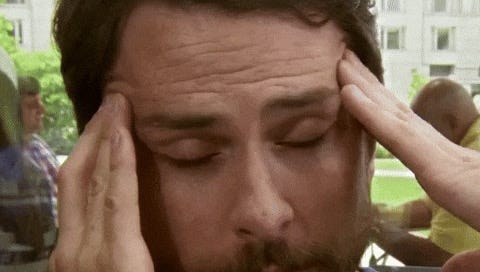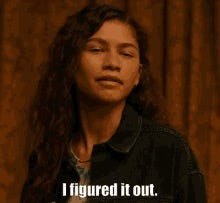I Had No Idea What I Was Doing.
When I started as a science communicator, I had zero clue what strategy was.
I’d write blog posts, social media captions, and marketing materials, thinking, This is good science. People will care!
Spoiler: They didn’t.
My content often felt like shouting into the void. No engagement. No traction. Just me, wondering if my posts were somehow invisible to the internet.
Turns out, the problem wasn’t the science. It was me.
The Wake-Up Call That Changed Everything
Then, my manager at 54gene (shoutout to good managers!) suggested I take a Coursera content marketing course.
That course humbled me real fast. It made me realize:
✅ Science doesn’t speak for itself—you have to make it speak.
✅ A message without an audience is just fancy words floating in space.
✅ Strategy isn’t optional. It’s the difference between explaining and connecting.
I started reading more about audience research, and then it hit me: I’d been writing for everyone. Which meant I was actually writing for no one.
Even though 54gene primarily spoke to the public, that public wasn’t one big, happy, science-loving family.
It was a messy mix of:
People with zero science background (What even is DNA?).
People with some science knowledge (Oh, like the thing I learned in school?).
Entry-level scientists trying to figure out their career path.
Science enthusiasts who devour every piece of biotech news like it’s a thriller novel.
Each group needed a different approach. And that’s when I had my aha! moment: I needed personas.
I started asking myself before writing anything:
❓ Who am I actually talking to?
❓ What do they already know (or think they know)?
❓ What do they need to know?
❓ How do they prefer to get information?
Then, I adjusted my messaging:
For beginners? Keep it simple. Use analogies.
For scientists? Keep it precise but engaging.
For enthusiasts? Give them depth—but make it fun.
And suddenly? My content stopped sounding like white noise.
People responded. They engaged. They asked questions.
That’s when I realized: science communication isn’t just about clarity—it’s about connection.
The Big Takeaway: Science Needs Strategy.
If your content isn’t landing, it’s not because the science isn’t good.
It’s because the strategy isn’t there.
The best science communicators don’t just explain—they translate. They don’t just throw facts at people—they make them matter. They don’t just dump information—they build narratives that stick.
Ever felt like your content was speaking into the void?
What’s one thing you’ve learned about making science click for people?
Drop your thoughts—I’d love to hear them.
Warmly,
Faridah.





